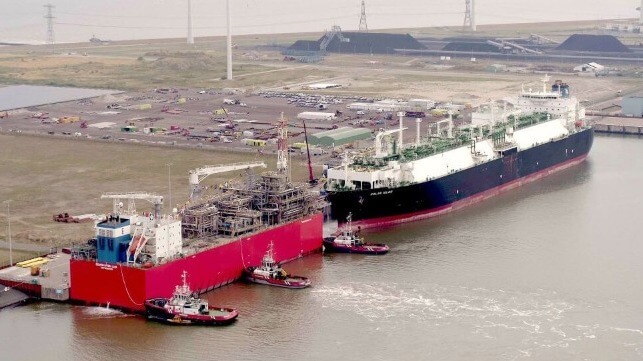Gasunie Drops Plans for LNG Terminal in Terneuzen

Northern European utilities have been working overtime to install extra LNG terminal capacity since the beginning of the invasion of Ukraine, matching their efforts to lock down supplies of non-Russian gas from overseas. Floating LNG storage and regasification units (FSRUs) have been particularly popular because they are available on a rapid timetable. But FSRU demand in the EU may have reached a peak: with European gas prices down sharply from the record levels of last year, Dutch utility Gasunie has decided to pass on a planned five billion cubic meter per year FSRU terminal at Terneuzen.
"The aim of realizing temporary LNG import capacity in Terneuzen in the short term and for a limited period proved to be technically and commercially unfeasible," Gasunie said in a statement Tuesday. "It is therefore unwise to embark on the construction of a temporary additional terminal."
Gasunie still sees a need to increase LNG import capacity in the Netherlands in order to offset the loss of Russian gas, but it plans to proceed by other means. It is working on expanding the capacity of its existing LNG import terminals in the Netherlands, including the shore-based Gate terminal in Maasvlakte and the new FSRU-based EemsEnergyTerminal in Eemshaven.
At Gate, a possible fourth tank would add four billion cubic meters (bcm) of storage, bringing the total to 20 bcm. At the Eemshaven site, where two FSRUs are berthed alongside, a variety of improvements should boost capacity to nine bcm by the end of the year.
The now-canceled FSRU terminal in Terneuzen was first announced in December in partnership with the Dutch energy ministry, and was intended as an antidote to unusually high gas prices. However, benchmark EU gas prices fell from $150 per Mwh in December to just $50 per Mwh in January, reducing the immediate justification for adding more capacity. Financial analysts' forecasts are now trending in the $60-100 per Mwh range for the year ahead.
